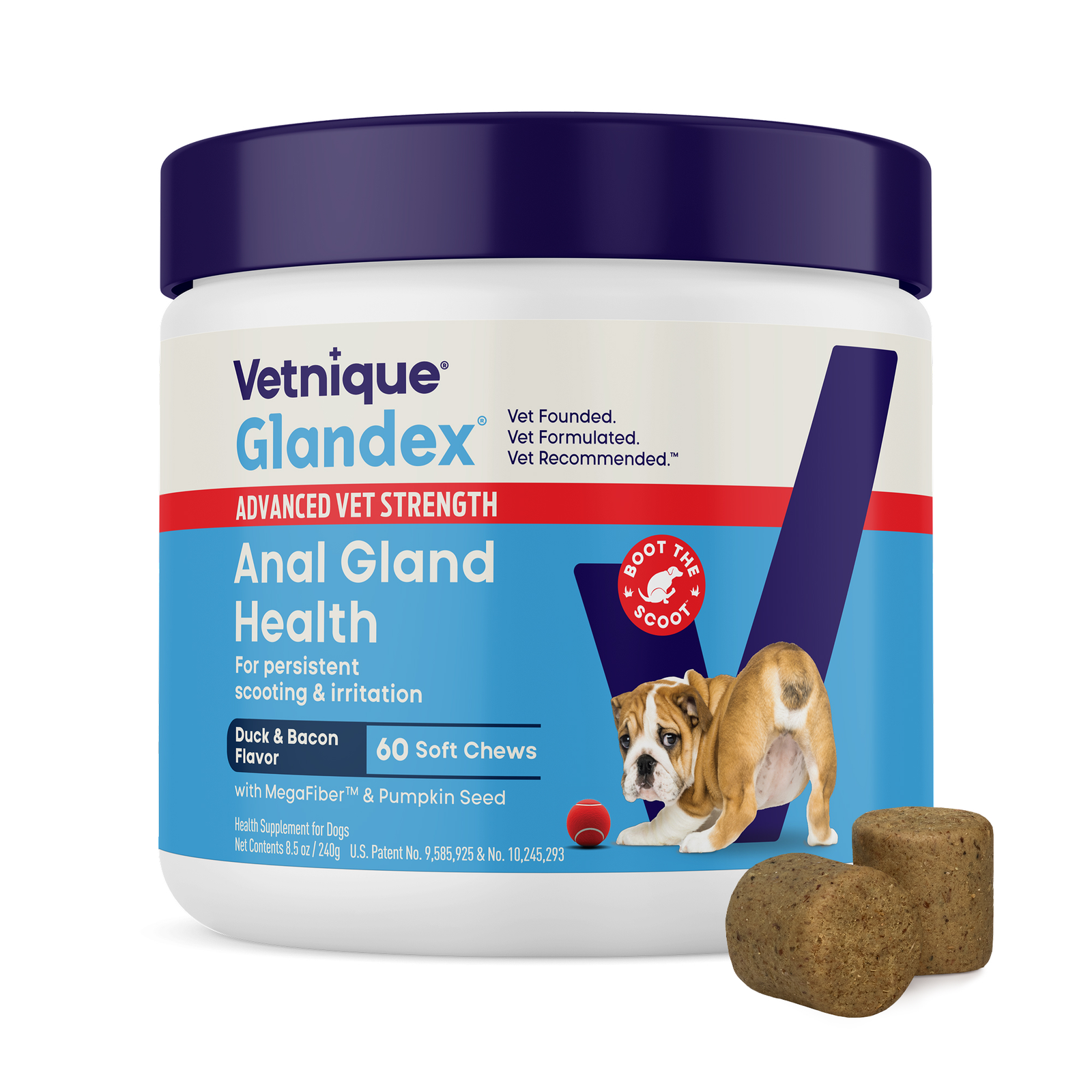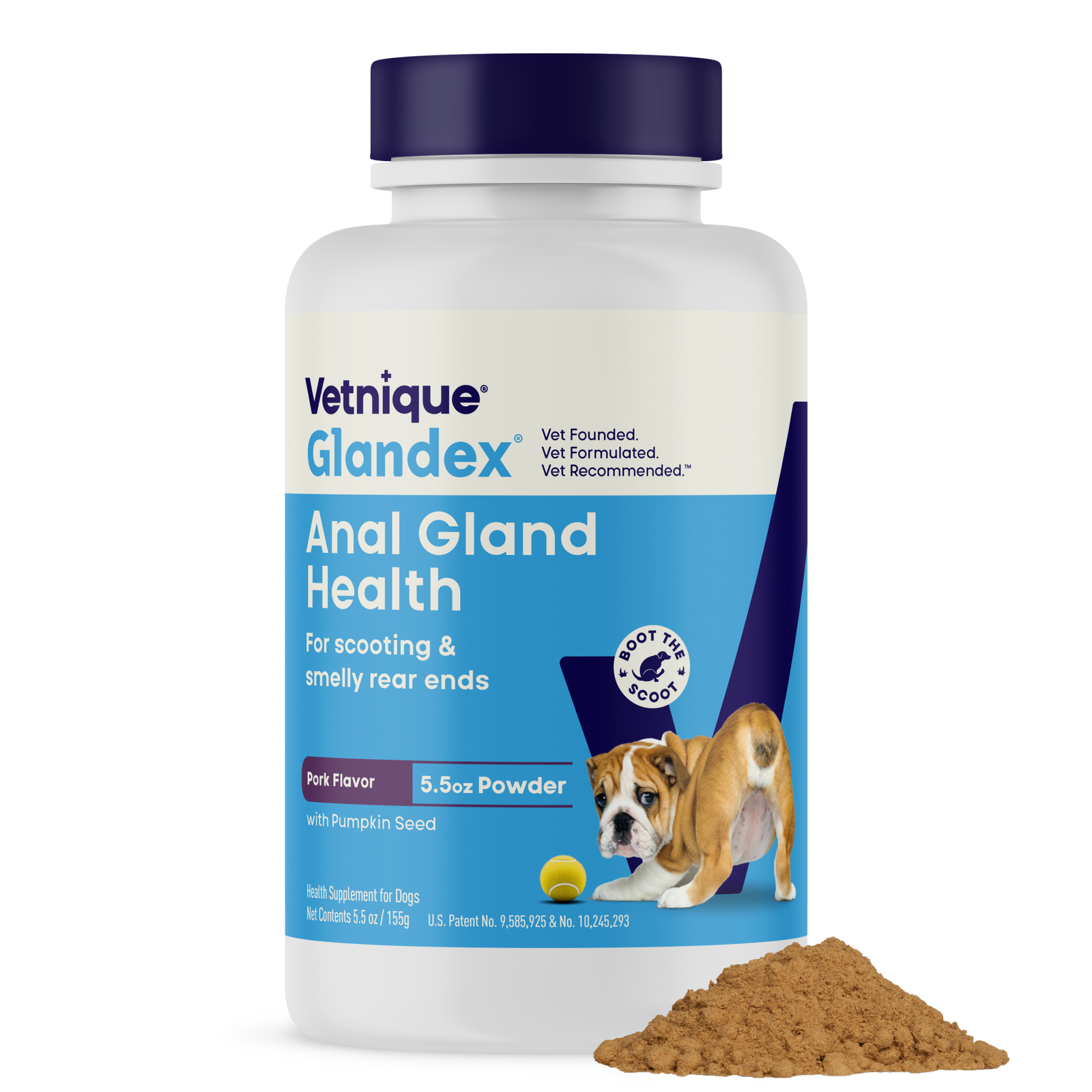How Often Should I Get My Dog Groomed?
Vet Verified
WRITTEN BY DR. JOYA GRIFFIN

Grooming your dog is more than just a spa day—it's an essential part of keeping them healthy, happy, and looking their best. But with all the fur, nails, and baths involved, it’s natural to wonder, how often should you groom your dog? No one wants their pup looking like they’ve been living in the wild! Let’s dig into the details of dog grooming and find out how to keep your furry friend in tip-top shape.
How often should you groom your dog?
The million-dollar question: how often should a dog be groomed? The answer isn’t one-size-fits-all because it depends on various factors, like your dog's breed, coat type, and lifestyle. Some dogs might need a trim every four to six weeks, while others can go longer without looking like they’ve just rolled out of bed. But as a general rule of thumb, you should aim to groom your dog regularly to avoid tangles, matting, and other grooming issues and to keep skin and nails healthy.
Grooming frequency also depends on your dog’s daily habits. For instance, if your pup loves to play outside or roll in the dirt, you might find yourself reaching for the doggy shampoo more often. On the flip side, if your dog is more of a couch potato, you might get away with less frequent grooming. The key is to find a grooming schedule that works for both you and your dog’s lifestyle so that you can keep them comfortable and looking sharp without overdoing it.
What impacts how often you should groom your dog?
Several factors come into play when determining how often to groom a dog. Let’s take a closer look at what might influence your grooming routine.
The Breed of Your Dog
Your dog’s breed is a significant factor in how often they’ll need to be groomed. For example, breeds with long, flowing coats like Shih Tzus and Afghan Hounds require more frequent grooming to keep their fur from becoming a tangled mess. These breeds should also have regular visits to get their hair trimmed to keep them looking the best. On the other hand, short-haired breeds like Beagles or Boxers are relatively low-maintenance in the grooming department.
The Type of Coat They Have
The type of coat your dog has can also dictate how often you should groom your dog. Double-coated breeds, like Golden Retrievers and Huskies, tend to shed a lot and may need regular brushing to manage their fur. Curly-coated breeds, such as Poodles, need routine trims to avoid matting and overgrowing, while smooth-coated dogs might only need an occasional brush to keep them looking sleek.
Your Environment & Lifestyle of Your Dog
Where you live and your dog’s lifestyle can impact how often you should get your dog groomed. If your dog spends a lot of time outdoors, they might pick up dirt, debris, and even pesky bugs in their haircoat more frequently, leading to a need for more regular grooming sessions. Conversely, indoor dogs that live in a relatively clean environment might not require as much upkeep.
The Season & Weather
The time of year and weather conditions can also influence how often should dogs get groomed. During shedding season, usually in the spring and fall, you may need to groom your dog more frequently to manage the excess fur. Additionally, dogs may require more frequent baths in the summer if they’re spending time swimming or getting dirty outside. In rainy times of the year, bathing is a must to keep your dog’s muddy paws and body clean.

The benefits of regular dog grooming
Regular grooming isn’t just about keeping your dog looking good; it has several other benefits that are crucial for their overall well-being.
Potential Health & Skin Benefits
One of the primary benefits of regular grooming is the positive impact it can have on your dog’s health.
Routine brushing helps remove dead hair and skin cells, reducing the risk of skin infections and irritations. Regular grooming also allows you to spot any potential health issues early on, like lumps, bumps, or skin conditions that might need veterinary attention. Bathing also helps to restore moisture to the skin which can help manage several chronic skin conditions.
Improving Your Dog's Comfort & Well-Being
Another advantage of grooming is that it keeps your dog comfortable. No one likes to feel itchy or dirty, and your dog is no different. By sticking to a regular grooming schedule, you’re ensuring that your dog’s coat and skin are clean, their nails are trimmed, and their ears are free of wax and debris—all of which contribute to their overall comfort and happiness.
Preventing Common Grooming-Related Issues
Regular grooming also helps prevent common issues like matting, which can be painful and lead to skin problems if left untreated. By keeping up with your dog’s grooming needs, you’re reducing the chances of them developing these uncomfortable and potentially serious problems.
Should different dog breeds get groomed more often than others?
When it comes to how often should you have your dog groomed, the breed of your dog plays a significant role. Some breeds naturally require more grooming than others due to their coat type and texture.
For instance, breeds with fast-growing hair like Poodles or Bichon Frises might need a trim every four to six weeks to prevent their fur from becoming unmanageable. On the other hand, short-haired breeds like Dachshunds or Greyhounds can go longer between grooming sessions without any issues.
Understanding the specific grooming needs of your dog’s breed can help you establish a routine that keeps them looking and feeling their best without overdoing it.
Benefits of regular grooming at home
While taking your dog to a professional groomer is essential for some breeds, regular at-home grooming plays a crucial role in maintaining all dogs’ health and well-being. By brushing your dog’s coat, cleaning their ears, and trimming their nails regularly, you’re helping to prevent many grooming-related issues and keeping them comfortable between professional grooming sessions. Plus, it’s a great way to bond with your dog and make grooming a positive experience for them.
Remember, how often should a dog be groomed ultimately depends on a combination of factors, but with regular at-home care, you can ensure your dog stays happy, healthy, and looking their best all year round.
















